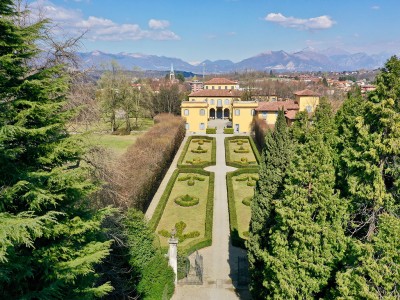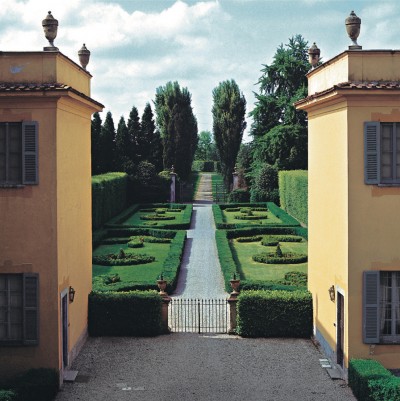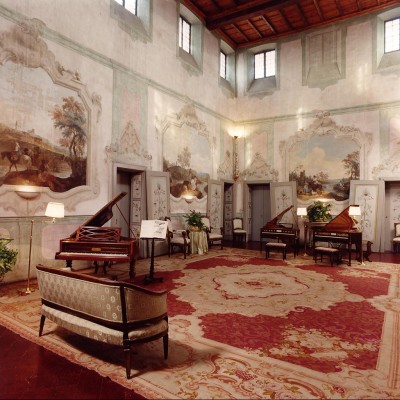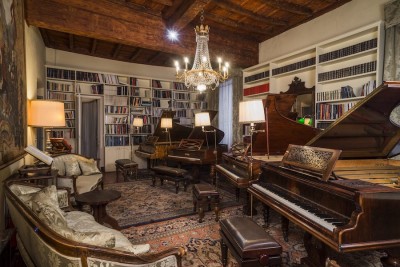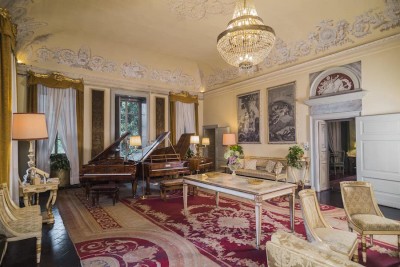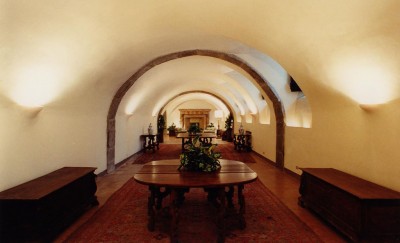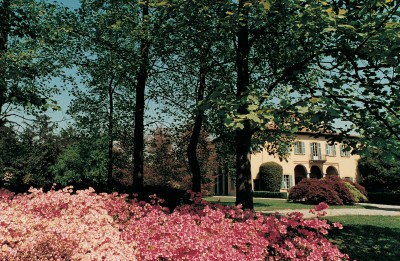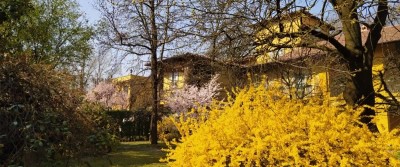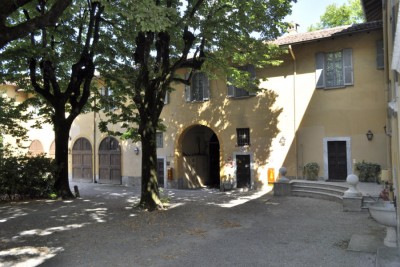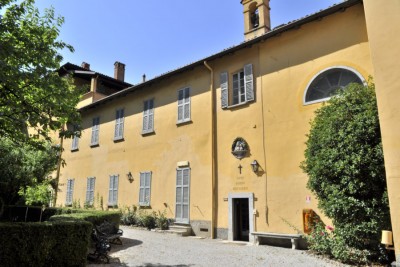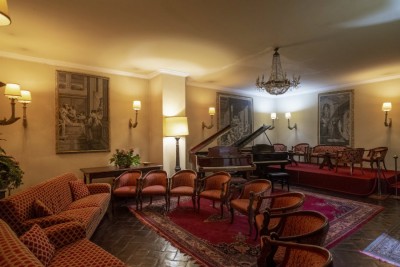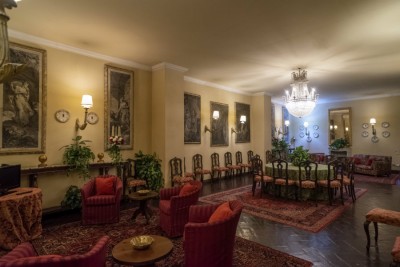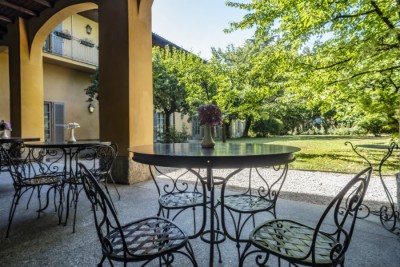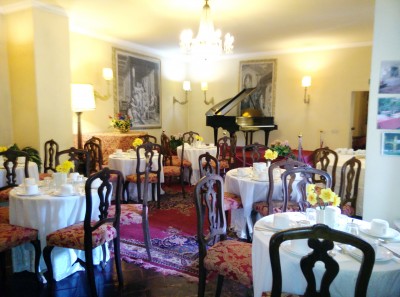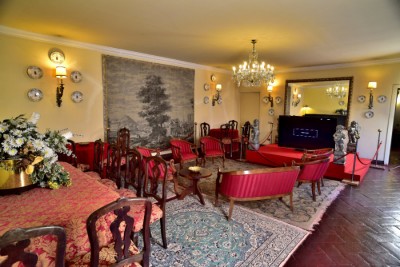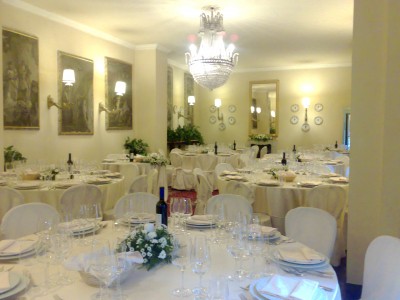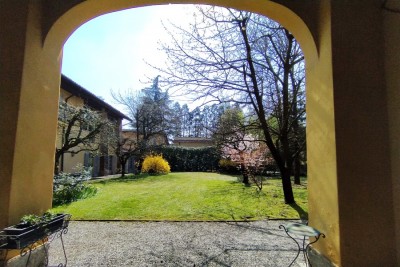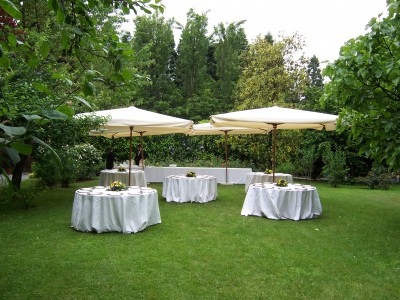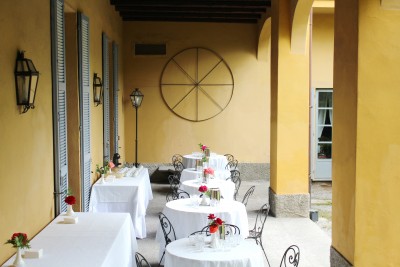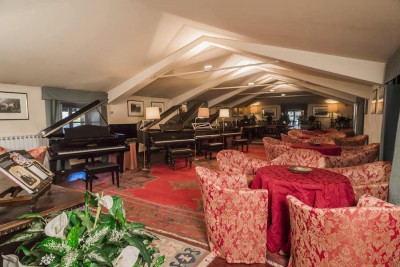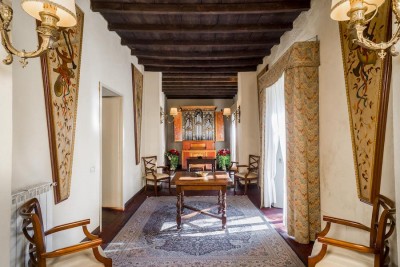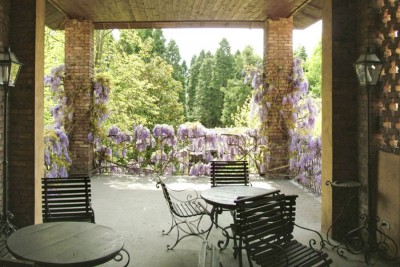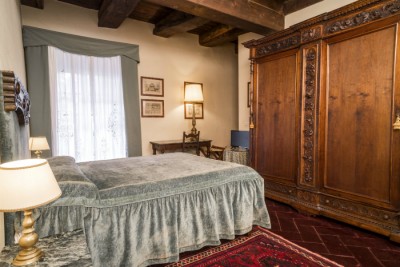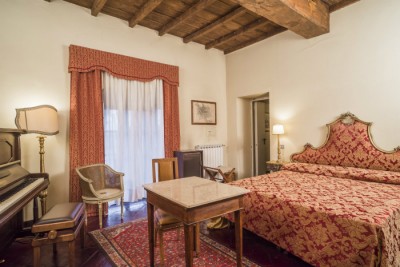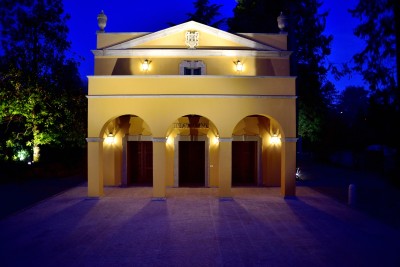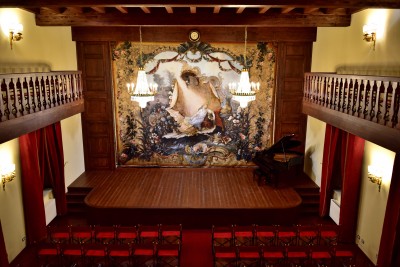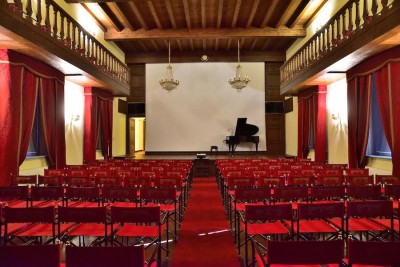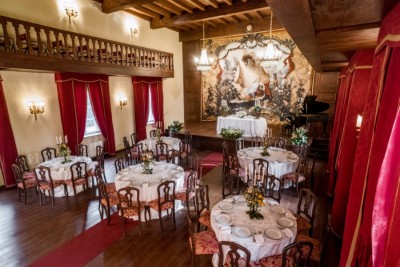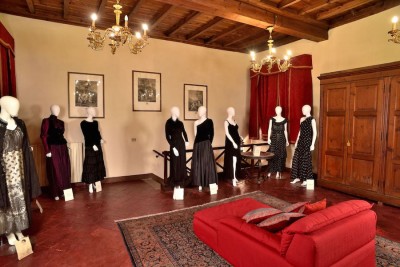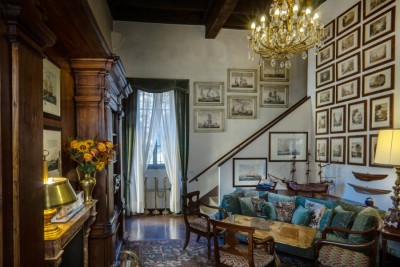Contact the abode
Villa Medici Giulini in Briosco
Villa Medici Giulini is located about half an hour away from the city centre of Milan and just a few kilometres from the centre of Monza and houses an important collection of keyboard instruments. The mansion's origins date back to medieval times and the residence attained its maximum splendour in the 18th century, when landscape painter Francesco Zuccarelli was commissioned to paint a number of landscapes in the hall of honour in the heart of the villa. Around 1650, the property was owned by the Crivelli family, passing into the hands of Attendolo Bolognini family in 1785 before later becoming the residence of the Medici di Marignano. It now belongs to the Giulini family. The architectural layout has remained intact over the centuries and is perfectly preserved. The villa is surrounded by a 3-hectare park with magnificent centuries-old trees. The side wings of the complex have been designated for receptions and activities, many of them revolving around the world of music, with international seminars and special events being organised around the extraordinary collection of keyboard instruments, all of which are listed in the "In Search of Lost Sounds" catalogue, published in Italian and English by Villa Medici Giulini and distributed internationally.
Villa Medici Giulini
When the hot weather use to drive the aristocracy out of the city of Milan in days of yore, they would tend to frequent one of four destinations during the summer months: Brianza, Varesotto, Lake Como and Lake Maggiore. Brianza is conveniently situated in the foothills very close to the city and its climate was always reliably cool and pleasant. The architecture of the Villa Medici is a typical example of a summer residence in terms of its architecture and life in the 17th-century. It has a south-facing façade with a sundial marking the hours of the day. The double portico, facing the south and the west, provides two distinct moments during the day when it comes into its own: on one hand, guests are protected from the glare of the midday sun, while on the other they can fully enjoy the beautiful sunsets. The main salon connecting the two porticos therefore benefits from being in an extremely bright and sunny position. The dining rooms and reception rooms devoted to music and conversation are cooler, as they face northwards towards the village that grew up around the Villa. The garden is divided into two distinct sections: the Italian-style garden, encircled by hornbeam trees and rigorously symmetrical boxwood parterre, and the English landscaped park, with its ancient trees and blossoms whose colours alternate during the spring and summer and through into autumn.
The main hall painted by Zuccarelli on the first floor of the Villa is the artistic ‘heart’ of the property, both in terms of the excellence of the frescoes depicting the landscapes of the surrounding hills and also because of the acoustic quality that still produces such excellent music today, as it traditionally did in the past. The collection of keyboard instruments displayed in Villa Medici encompasses the whole musical history of the piano, including harpsichords, early fortepianos and organs. All the instruments have been perfectly restored and are regularly played during concerts held in the Villa. The chapel, dedicated to the Virgin, is connected to the Villa and contains an altarpiece painted by Nuvolone. The octagonal layout of the small church is perfectly preserved. The ancient wine cellar is evidence of the wine production that used to take place on the hills surrounding the 'Villa Fattoria''. One of the characteristics of Villa Medici is in fact that it was built as a working farm, while at the same time being a patrician residence and home for a family that was passionate about art and music. The historic kitchen still preserves all of its of 17th-century characteristics today and is therefore a rare example of how life was conducted in Lombardy at that time.
The Villa was built in 1643 for the Attendolo-Bolognini family. When their line died out, the surname was passed onto the Morando family, the owners of Palazzo Morando, which is now a museum in Milan. It was purchased in the mid-19th century by the Medici di Marignano and is currently owned by the Giulini family, who has restored the entire complex to its original splendour.
A conference centre is connected to the private Villa, containing meetings rooms and areas for Masterclasses in opera and piano, with final essays and performances played using the historical fortepianos. Some of the rooms house part of the original collection of musical instruments. Accommodation is available in the various rooms and apartments in the side wings of the Villa, and it is possible to enjoy meals in the dining rooms. One of the features of the conference centre is that it is furnished in the style of the rest of the residence, which creates a harmonious unity throughout the property. The conference centre overlooks an ever- flourishing garden with all its varieties of roses and flowers.
